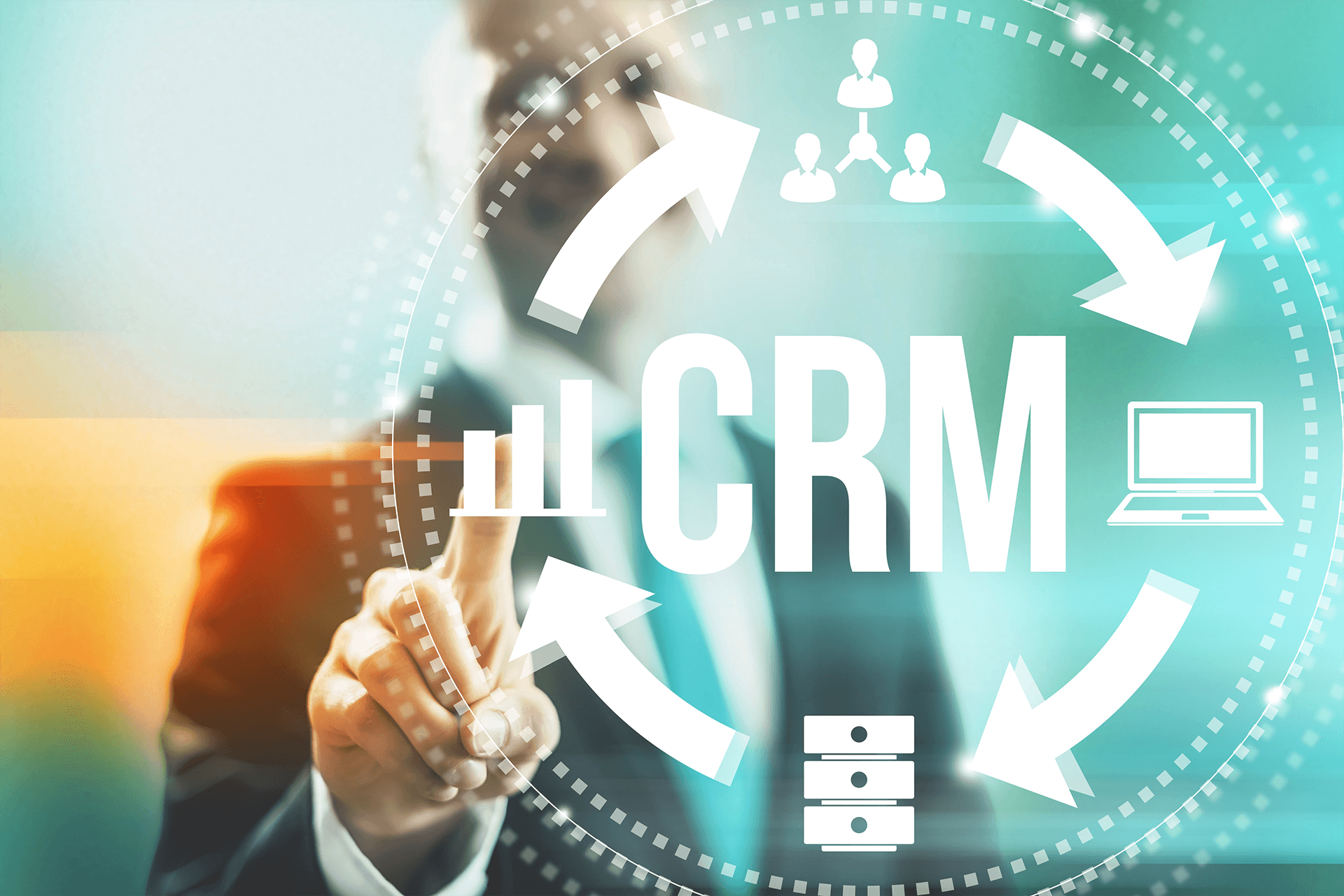In a time when technology and innovation are shaping a dynamic business landscape, starting your own business is more relevant than ever. However, despite all the attractive prospects, taking this step can be challenging. Financial risks, uncertainty, and a lack of experience can become obstacles to entrepreneurial success.
In this article, we offer an in-depth look at the process of starting a business from scratch. We'll cover key aspects, from finding start-up capital and choosing a niche to legal formalities and marketing strategies. This updated step-by-step guide is packed with additional information designed to help future entrepreneurs overcome challenges and achieve sustainable success in the business world. Let's explore together how to take the first steps toward starting your own business and succeed in the business of your dreams.
Step 1: Finding Start-up Capital
Starting your own business is an exciting but financially demanding endeavor. Experts strongly recommend avoiding borrowing money at the initial stage, given that more than 80% entrepreneurs face financial difficulties and close their businesses within the first year.

Let's take a closer look at the main sources of funding:
- Borrowing from friends and relatives:
- Advantages: Flexible repayment terms, no strict requirements for the borrower.
- Disadvantages: Potential tension in the relationship if funds are not returned on time.
- Grants:
- Benefits: Non-repayable assistance provided by a variety of small business support programs.
- Disadvantages: Competition for grants, requiring careful preparation of the application and business plan.
- Sale of property:
- Advantages: Possibility to obtain significant funds with additional assets.
- Disadvantages: Risk of losing valuables, potential tax liabilities.
- Search for investors:
- Benefits: Opportunity to receive a large amount of financing in exchange for a stake in a successful business.
- Disadvantages: Need to present an attractive offer to investors, as well as agree on the share and contract terms.
- Dropshipping:
- Advantages: Starting a business without significant initial investment, minimizing risks.
- Disadvantages: Dependence on suppliers, possible difficulties with product quality control.
Fundraising:
- Benefits: Actively attract funds from the community, clients or partners.
- Disadvantages: Requires a good marketing strategy and organization of events, promotions or campaigns to attract attention.
When choosing a funding source, it's important to consider your financial capabilities, business goals, and the risk you're willing to accept. A well-informed decision at this stage will contribute to a more successful start-up. Fundraising can also be an effective tool for raising funds and supporting your business.
Step 2: Choosing a Niche
It's recommended to start a business in an area where you have personal experience or have encountered challenges. Be open to innovative ideas that can be successfully implemented in your region. However, it's important to remember three key rules:
Personal passion. Work should be enjoyable, which motivates continuous development.
Deep understanding of the industry. It's essential to be aware of all the nuances of your chosen field.
Stable demand. Assessing the needs of your target audience is a crucial aspect of a successful launch.
Step 3. Market analysis
The market analysis stage is the cornerstone of a successful business, especially for aspiring entrepreneurs. Effective research at this stage allows you to identify your business's potential and formulate strategies that best meet market demands. Let's take a closer look at the key stages of market analysis:
- Determining the level of demand:
- Methods: Research of competitors’ trade, analysis of market statistical data.
- Approach: Assessing current demand and its dynamics, identifying popular goods or services.
- Methods: Research of competitors’ trade, analysis of market statistical data.
- Audience solvency assessment:
- Methods: Analysis of economic indicators of the target audience, conducting research surveys.
- Approach: Understanding the financial capabilities of potential clients, identifying price sensitivity.
- Methods: Analysis of economic indicators of the target audience, conducting research surveys.
- Competitor Analysis:
- Methods: Comparative analysis of competitors, use of SWOT analysis.
- Approach: Identifying the strengths and weaknesses of competitors, determining possible threats and opportunities in the market.
- Methods: Comparative analysis of competitors, use of SWOT analysis.
- Research of competitors' prices and product range:
- Methods: Comparison of competitors’ pricing strategies, analysis of their product offerings.
- Approach: Identifying competitive advantages in terms of price and product range, developing our own unique position.
- Formation of target audience:
- Methods: Use of marketing research, analysis of customer behavior patterns.
- Approach: Identifying key characteristics of the target audience, predicting their needs and preferences.

Maintaining consistency and a comprehensive approach to each of the above stages of market analysis will provide a solid foundation for a successful start and long-term business growth. Accounting for current trends and responding to changes in the market environment will help adapt strategies and maintain competitiveness.
Step 4. Legal and financial aspects
After carefully selecting funding sources and defining a niche, the entrepreneur's focus inevitably turns to legal and financial aspects. This stage is critical to ensuring the legality and sustainability of the business. Let's take a closer look at each stage:
- Business registration:
- Form of business: A decision is made on the choice of the form of legal entity – individual entrepreneur, limited liability company (LLC), joint-stock company, etc.
- Registration with the authorities: After choosing a business form, you must register your business with the relevant tax and legal authorities. This procedure involves submitting the required documents and paying registration fees.
- Form of business: A decision is made on the choice of the form of legal entity – individual entrepreneur, limited liability company (LLC), joint-stock company, etc.
- Accounting:
- Accounting System: An effective accounting system is developed that includes the recording of income, expenses, taxes and other financial transactions.
- Professional Support: Entrepreneurs turn to professional accountants or accounting firms to ensure compliance with all accounting regulations and standards.
- Use of software: To improve the efficiency of financial control, accounting automation programs are often used, simplifying accounting and reporting processes.
- Accounting System: An effective accounting system is developed that includes the recording of income, expenses, taxes and other financial transactions.
- Tax liabilities:
- Business Type Analysis: Determining tax liabilities specific to a specific business type. This includes income tax, VAT, excise taxes, and other mandatory payments.
- Compliance with Deadlines and Levels: Understand the deadlines and levels of tax obligations to avoid penalties and problems with tax authorities.
- Professional Support: Entrepreneurs often use the services of tax consultants to accurately and effectively manage their tax obligations.
- Business Type Analysis: Determining tax liabilities specific to a specific business type. This includes income tax, VAT, excise taxes, and other mandatory payments.

These three stages ensure the legality and financial transparency of a business, which is the foundation for successful and long-term operations. Compliance with legal regulations and the timely fulfillment of financial obligations allow a company to avoid unpleasant situations and strive for sustainable development.
Step 5. Marketing and Promotion
Even the most creative and innovative product or service can go unnoticed without an effective marketing and promotion strategy. This section aims to unravel the secrets of successful market penetration, building a recognizable brand, and attracting a target audience.
Let's explore the importance of creating a unique brand, developing an online presence, and running targeted advertising campaigns. In this section, you'll discover the keys to making your product or service irresistible to customers and how to present it convincingly in the marketplace. We'll delve into the strategic aspects of marketing and promotion to achieve maximum success in the business world.
- Brand Creation:
- Uniqueness and Identity: Stand out from the competition by developing a brand that reflects your business's uniqueness. This includes creating a unique logo, a memorable tagline, and an overall style that will be instantly associated with your company.
- Values and Story: Use your brand to tell a compelling story about your business and its values. Emotionally connecting customers to your brand will strengthen loyalty and long-term relationships.
- Uniqueness and Identity: Stand out from the competition by developing a brand that reflects your business's uniqueness. This includes creating a unique logo, a memorable tagline, and an overall style that will be instantly associated with your company.
- Online Presence:
- Professional Website: Design a high-quality website that's not only aesthetically pleasing but also functional. Make sure it's informative and easy to navigate. This will have a strong impact on your potential customers.
- Active Social Media: Use social media to promote your business. Stay active by publishing regular content, engaging with your followers, and using the platforms' advertising tools to increase your reach.
- Professional Website: Design a high-quality website that's not only aesthetically pleasing but also functional. Make sure it's informative and easy to navigate. This will have a strong impact on your potential customers.
- Advertising Campaigns:
- Targeted Advertising: Identify your target audience and create advertising campaigns tailored to their needs and interests. This may include contextual advertising focused on keywords and the use of social platforms for precise targeting.
- Audience Engagement: Create advertising campaigns that engage your audience. This could include contests, promotions, or offering special discounts to subscribers. Engaging with customers creates positive memories of your brand.

Effective marketing strategy, combined with careful promotion, is the key to attracting customers, strengthening your brand, and ensuring the long-term success of your business.
Step 6. Development and continuous improvement
For long-term business success, it is important to continually improve your operations and stay abreast of changes in the market.
Feedback. Listen to customer feedback and use it to improve your products or services. Effective feedback will help strengthen your business's reputation.
Innovation. Keep up with new technologies and trends in your industry. Innovation can help you stay competitive.
Expand your offering. Consider expanding your product or service offering. This can attract new customers and strengthen the loyalty of existing ones.
Staff training and development. Invest in training your staff to ensure they are up to date with modern service requirements and standards.
By following all these steps and regularly updating your strategies in line with market changes, you will increase your chances of successfully growing your business.
Avoiding Common Mistakes: A Guide for Beginning Entrepreneurs
Starting your own business is an exciting time, full of new opportunities and challenges. But on the road to success, many aspiring entrepreneurs encounter certain mistakes that can hinder the implementation of their ideas. In this updated list, we'll share the most common mistakes and how to avoid them:
Turning down promising opportunities:
Instead of looking for reasons for rejection, look for solutions to overcome difficulties. Discuss with loved ones how they would handle a similar situation.
Lack of focus on details:
Small details can make all the difference. Pay attention to every penny of expenses and the steps required to achieve them.and permissions.
Overestimating sales expectations:
Realistic expectations will help avoid disappointment and maintain motivation. Don't overestimate initial results.
Incorrect setting of personal goals:
Be prepared to work hard in the beginning before you achieve the level of income and freedom you desire.
Lack of a business plan:
Trust facts, not expectations. A business plan will help document all aspects, providing a clearer vision of development.
Ignoring competitor analysis:
Competition is a reality worth considering. Research your competitors' experiences to better understand how to stand out in the market.
Prioritizing profit over customer interests:
Customer loyalty is the key to a successful business. Take care of your customers by providing them with value and avoid aggressive sales tactics.
By following this business launch guide, you can avoid these common mistakes and maximize your chances of a successful startup. Remember, starting a business is only the first step, and true success requires constant improvement and effort.
Conclusion:
Remember that in today's rapidly changing world, the key elements of successful entrepreneurship are flexibility and a willingness to continually learn. Don't hesitate to embrace the challenges that may arise along the way and see them as opportunities for growth.
Every stage of your business's development is a lesson learned from experience. By discovering new methods, adapting to market needs, and adapting to innovations, you build a solid foundation for your enterprise. Be persistent in overcoming challenges and creative in finding new solutions.
Starting a business isn't just an economic achievement; it's also an opportunity to realize your dreams and become part of a vibrant business community. May your entrepreneurial journey be filled with exciting challenges, successful solutions, and a constant drive to improve. Best of luck on your path to entrepreneurial success!







